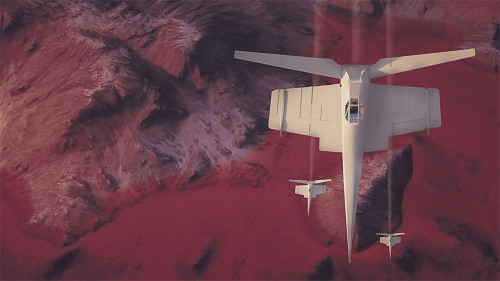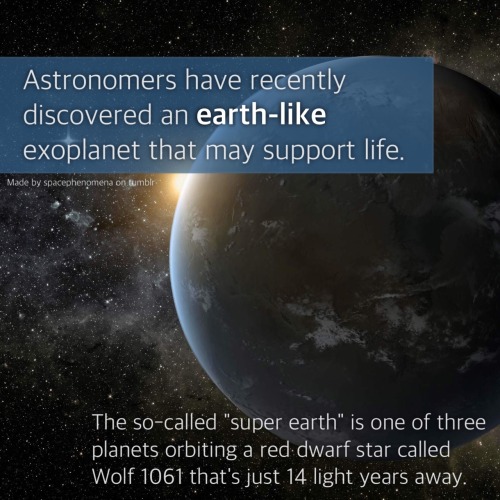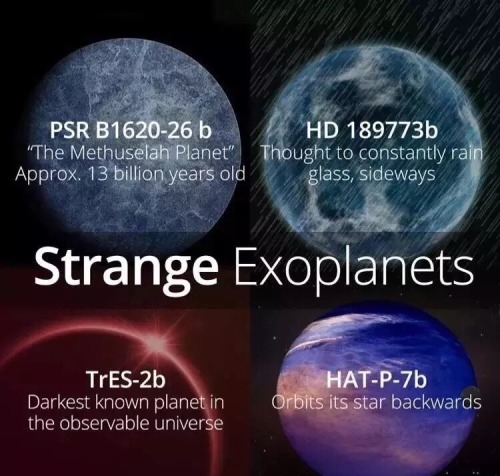#exoplanet
Looking for a Plan B for Planet Earth?
On October 6, 1995, astronomers Didier Queloz and Michel Mayor made an announcement that while it had been long anticipated was still stunning: they had discovered the very first exoplanet orbiting around a main sequence star, 51 Pegasi. Although three other exoplanets (one orbiting gamma Cephei, discovered in 1988 by the Canadian astronomers Bruce Campbell, G. A. H. Walker, and Stephenson Yang, confirmed in 2003; and two planets orbiting PSR 1257-12 discovered by radio astronomers Aleksander Wolszczan and Dale Frail in 1992) had been discovered prior to Mayor and Queloz’s announcement, 51 Pegasi was the first exoplanet to be discovered orbiting a main sequence star that is very much like our sun, and therefore thought capable of supporting life. The official name of this exoplanet is 51 Pegasi b, the lower case b denoting that the star has a companion that is not also a star (as in binary systems), and also referring to its unofficial name of Bellerophon. Bellerophon was the name of the hero from Ancient Greek mythology who tamed the Pegasus. It has since been noted that this planet orbits its star very close and probably has surface temperatures in excess of 1200 degrees, making it unfit for most of the life as we know it on earth.
The word exoplanetis a combination of the Ancient Greek root word prefix exo- meaning outside and the word planet. The word planet entered English as a scientific term from the Old French word planète, which came in turn from Late Latin planeta, which was itself a borrowing from the Ancient Greek (asteres) planetaimeaningwandering(stars), from the verb planasthaimeaningto wander. It took its modern meaning around 1630.
Constellation map courtesy Torsten Bronger. Artist’s concept of 51 Pegasi b courtesy Debivort. Image of 51 Pegasi courtesy NASA, all used with permission under a Creative Commons 3.0 license.
Post link


















